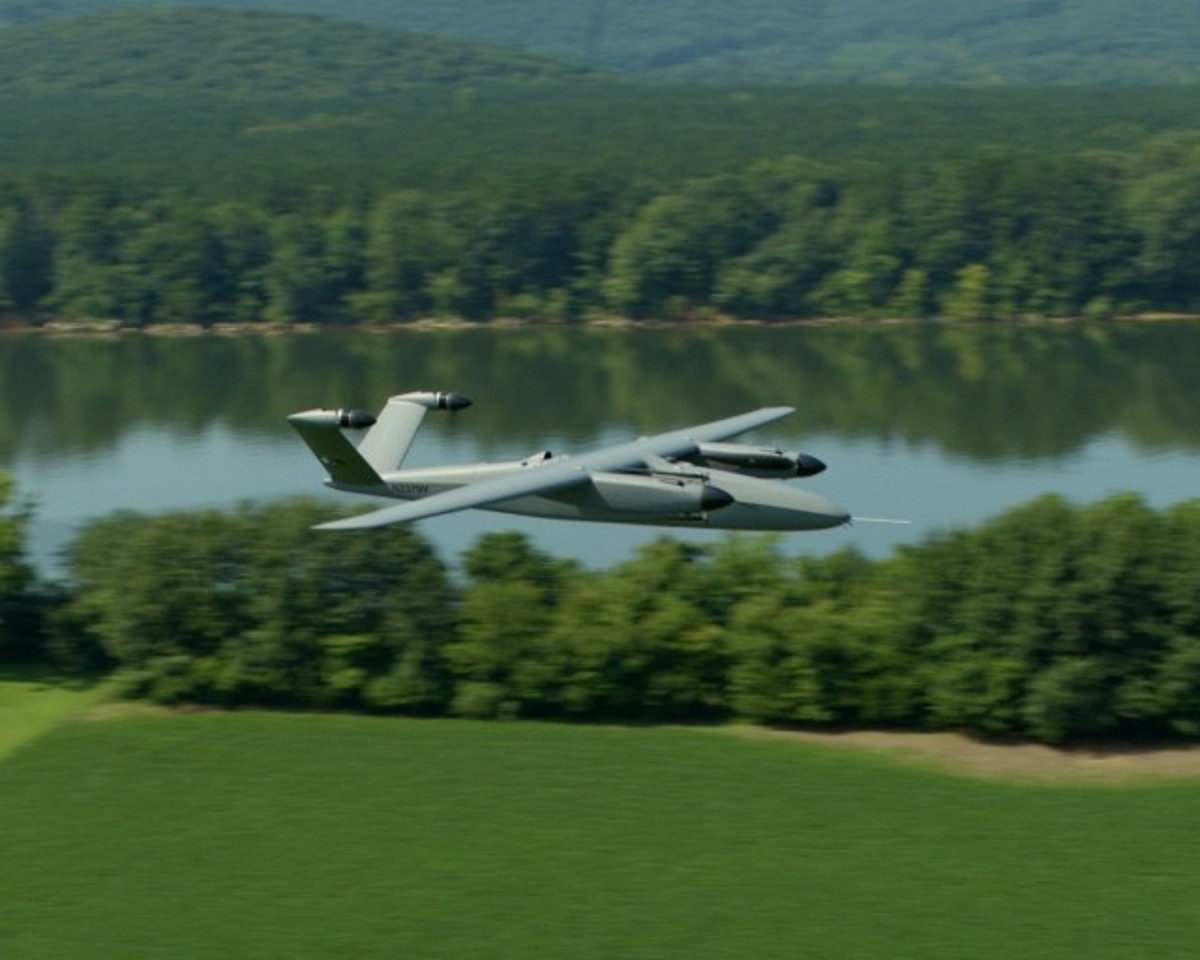The US Army seeks to replace the RQ-7 Shadow unmanned aircraft system with a more effective UAV capable of operating in the Arctic, a capability not present in the former system.
An official from the 11th Airborne Division said that the RQ-7 Shadow unmanned aerial vehicle (UAV) was unsuitable for use in cold temperatures.
The issue came to the forefront during the recent Joint Pacific Multinational Readiness Center (JPMRC) 24-02 training rotation, where the Shadow UAV was deployed because of unseasonably warm temperatures.
During an interview with Janes, Lt. Col. Jones revealed that the existing Shadow UAV was not certified for operation at temperatures below -20ºF.
This limitation poses a significant challenge, particularly in Arctic regions where temperatures frequently plummet to subzero levels. Despite attempts to secure approval for the Shadow to operate in colder temperatures, such authorization was not granted.
Even so, Lt Col Jones stressed the pressing need for a new intelligence, surveillance, and reconnaissance (ISR) asset tailored to the demands of Arctic operations.

According to Jones, any UAV deployed in Arctic environments must be rated for temperatures as low as -40ºF to ensure its effectiveness and reliability. He underscored the critical role of ISR capabilities in enabling brigade commanders to leverage sensor information for tactical decision-making, particularly in identifying and engaging potential threats.
Despite the temporary deployment of the Shadow UAV during the recent training rotation, Jones cautioned that its suitability in Arctic conditions remains doubtful.
With temperatures expected to drop significantly, there are concerns about the UAV’s operational reliability and safety.
Lt. Col. Jones’s remarks shed light on the Army’s urgent quest for a new UAV capable of withstanding the harsh Arctic climate while delivering essential ISR capabilities.
The Army has already made it clear that it will no longer procure additional RQ-7 Shadows and is currently searching for a successor for its RQ-7 Shadow tactical unmanned aircraft system.
The drone has been extensively deployed in intelligence, surveillance, and reconnaissance missions in conflict zones like Iraq and Afghanistan.
US Army’s Future Tactical Uncrewed Aircraft Systems
The Army is currently engaged in its Future Tactical Uncrewed Aircraft Systems (FTUAS) program to seek a replacement for the RQ-7 Shadow UAV. In March 2023, the US Army chose five companies to advance to the first phase of its RQ-7B Shadow replacement competition.
AeroVironment, Griffon Aerospace, Northrop Grumman, Sierra Nevada Corporation, and Textron Systems each secured FTUAS Inc. 2 contracts ranging from $1 million to $25 million.
However, by September 2023, only Griffon Aerospace and Textron Systems were selected to progress to the second phase of the Army’s FTUAS Increment 2 competition.
Textron Systems, known for its innovative UAV solutions, presented its Aerosonde UAV for evaluation during the crucial phase of the FTUAS program. On the other hand, Griffon Aerospace showcased its cutting-edge Valiant UAV.
According to officials within the US Army’s Uncrewed Aircraft Systems Project Management Office, the current phase of the program entails a comprehensive evaluation of the weapon system designs put forth by the selected companies.
This evaluation process will culminate in a critical design review, which will establish the final system design and initial product baseline, setting the stage for further development and testing.

Following the critical design review, additional agreement options will be explored, including flight demonstrations and verification of Modular Open System Architecture (MOSA) compliance.
Subsequently, Griffon Aerospace and Textron Systems will be tasked with delivering production representative FTUAS for extensive developmental testing and operational demonstrations, allowing for direct engagement with soldiers to gather valuable feedback.
The rigorous evaluation process will subject the newly developed UAVs to a battery of tests, including environmental testing, electromagnetic environmental effects testing, transportability testing, flight testing, and technical manual verification.
These tests are designed to ensure that the future UAV fleet meets the Army’s stringent performance standards and operational requirements.
Ultimately, the Army aims to field a new generation of unmanned aircraft characterized by increased maneuverability, enhanced command and control capabilities, a reduced logistics footprint, and minimized noise levels.
This ambitious undertaking represents a significant leap forward in the Army’s efforts to modernize its reconnaissance and surveillance capabilities, positioning it to effectively address evolving threats in an increasingly complex operational environment.
- Contact the author at ashishmichel(at)gmail.com
- Follow EurAsian Times on Google News




